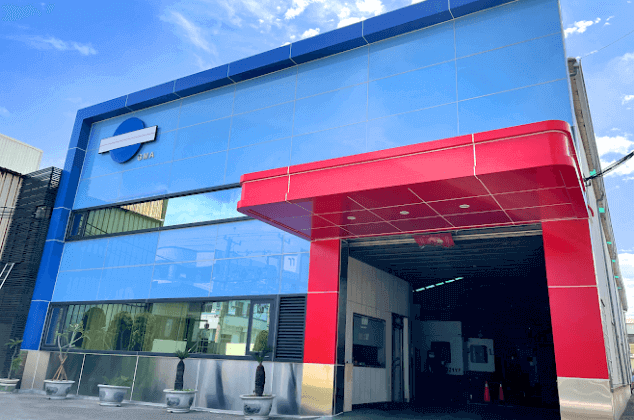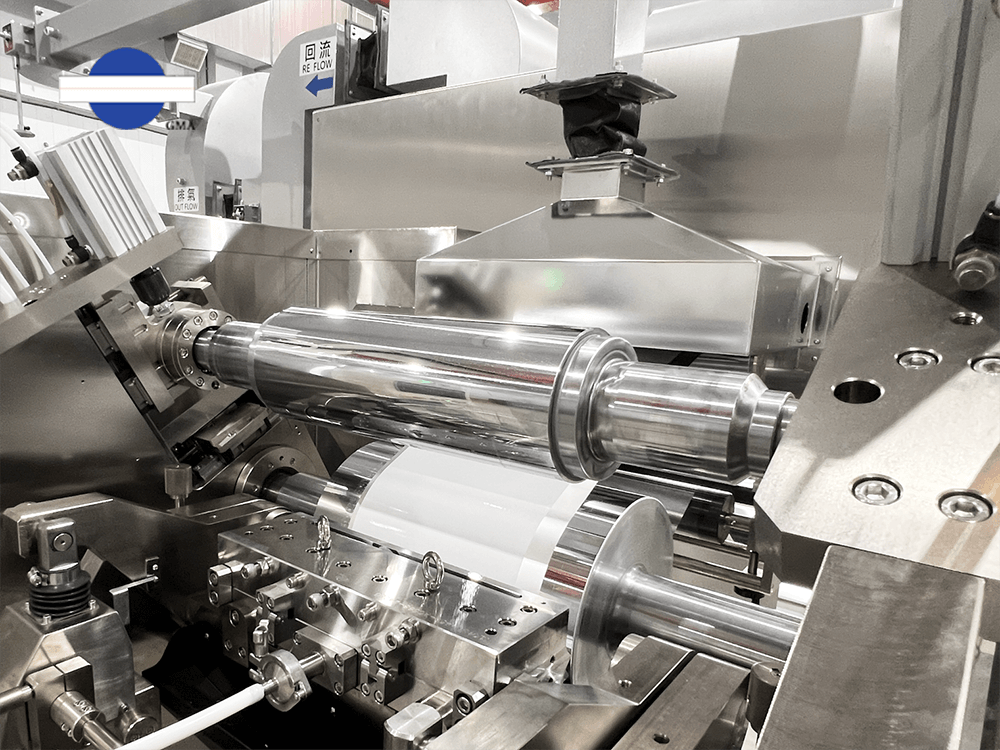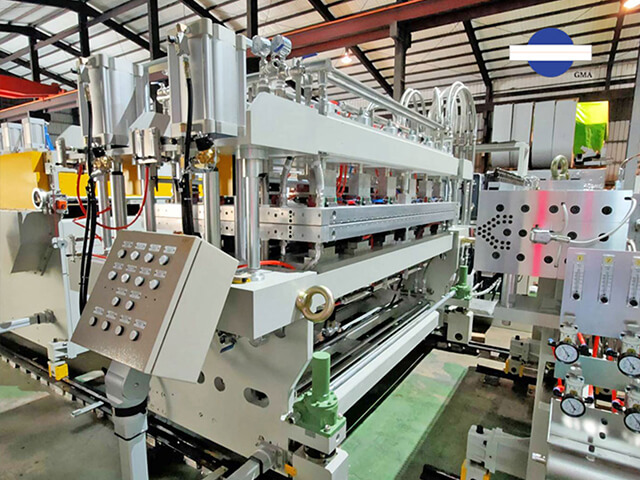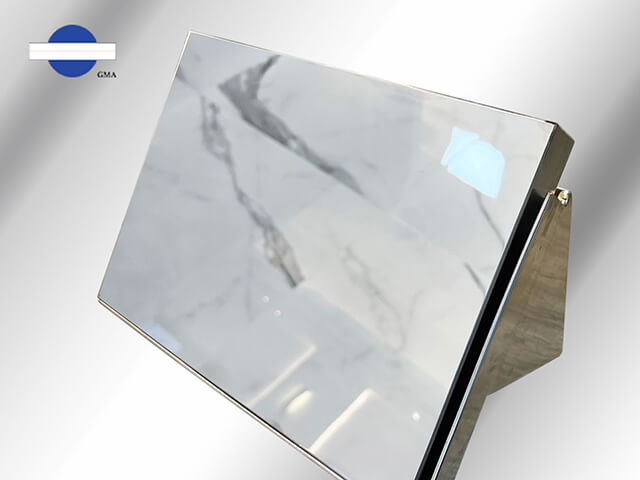Quality and Efficiency Win-Win: The Power of Screen Changers
2023.11.30
Production inefficiency may not be your
fault; it could be the screen changer that needs an upgrade!
B Company, with multiple production
lines for PP and PET sheets, faces challenges due to cost and environmental
considerations. The addition of recycled plastic to some products has led to a
rising defect rate of black spots on the surface, causing frequent issues for
the consistently busy B Company. Identifying the problem during production
downtime, they discovered the inadequate performance of the screen changer,
particularly in preventing undissolved or contaminated materials. High
proportions of recycled material necessitated frequent mesh replacements,
straining the on-site operators. To maintain stable production capacity, B
Company decided to replace the original production line screen changer.

The screen changer plays a crucial filtering role in extrusion production line.
Various of Screen changer type for options, find out the suitable solutions for you.
Upon presenting their requirements, B
Company found that our independently designed screen changers at GMA offered a
variety of options. These include lever-type screen changer suitable for
smaller machines like experimental equipment, hydraulic slide plate for most
plastic sheet, film, and granulation production lines, and pillar screen
changers. Both types of screen changers allow for replacement without stopping
the machine, driven by a hydraulic unit. The key difference lies in the pillar
screen changer ability to maintain 50% to 75% capacity during mesh replacement,
compared to the brief (approximately 0.1 seconds) interruption of the hydraulic
slide plate , which has negligible impact on the production line but may not be
suitable for high-quality or specialized considerations such as granulation
lines.

When the Non-stop slide plate screen changer is used for mesh replacement, it causes an extremely brief material interruption, with minimal impact on the production line.
In response to customer demands for
frequent adjustments in recycled material proportions (20-30%), prioritizing
the pillar dual screen changer is recommended. However, we propose upgrading to
a dual screen changer with back-flush function, offering several advantages:
First, the backflush pillar screen changer
design features a dual-column, four-workstation setup, doubling the filtering
area compared to a dual-column, dual-workstation pillar screen changer.
Second, the backflush function extends
the time between mesh replacements, reducing the frequency of replacements,
lowering consumable costs, and minimizing downtime during mesh replacement in
production.
Third, the mesh replacement process
maintains 75% operational efficiency, resulting in minimal impact on production
capacity.

(Above) During mesh replacement with back-flush pillar screen changer, 75% of the production capacity is maintained, making the reverse-washing design a cost-saving tool for production using recycled materials.
(Below) When the Pillar screen changer undergoes mesh replacement, it retains 50% of the production capacity.
Successful Implementation and Tangible Benefits
Following our recommendation, B Company
initiated the first backflush pillar screen changer replacement project. In
collaboration with the client's existing production line, we made minor
modifications to the original connection design for easy replacement. After
actual installation and machine testing by the client, several significant
improvements were observed:
First, recycled material proportions
could be increased by at least 10%, maintaining stable performance and yield.
This means that existing equipment is sufficient for developing different
formula products in response to market demands without increasing costs.
Second, mesh replacement frequency
decreased by approximately 20%, saving production time and costs.
Third, filtration efficiency remained
high, and operational capacity was stable during mesh replacement.
With successful testing and
certification by the client, the gradual replacement of the old-style filters
in existing production lines with backflush pillar screen changers is ongoing.
For larger production lines with higher capacity requirements, we can also
provide corresponding mesh sizes to seamlessly integrate new equipment without
causing operational disruptions. Simple operation ensures quick adaptation by operating
personnel.

With years of experience in the development and manufacturing of screen changers, we are able to assist customers in quickly finding the corresponding solutions.
Through years of research and manufacturing of screen changers and successful installations, GMA not only provides a variety of screen changer products but also offers solutions to meet diverse customer needs. While screen changer may not carry the weight of extrusion dies in the significant functionality of extrusion molding, every detail before extrusion die is crucial. Screen changers play a crucial role in quality assurance by preventing undissolved and contaminated materials. Choosing the right screen changer is undoubtedly the best safeguard for ensuring the quality of your extruded products.








